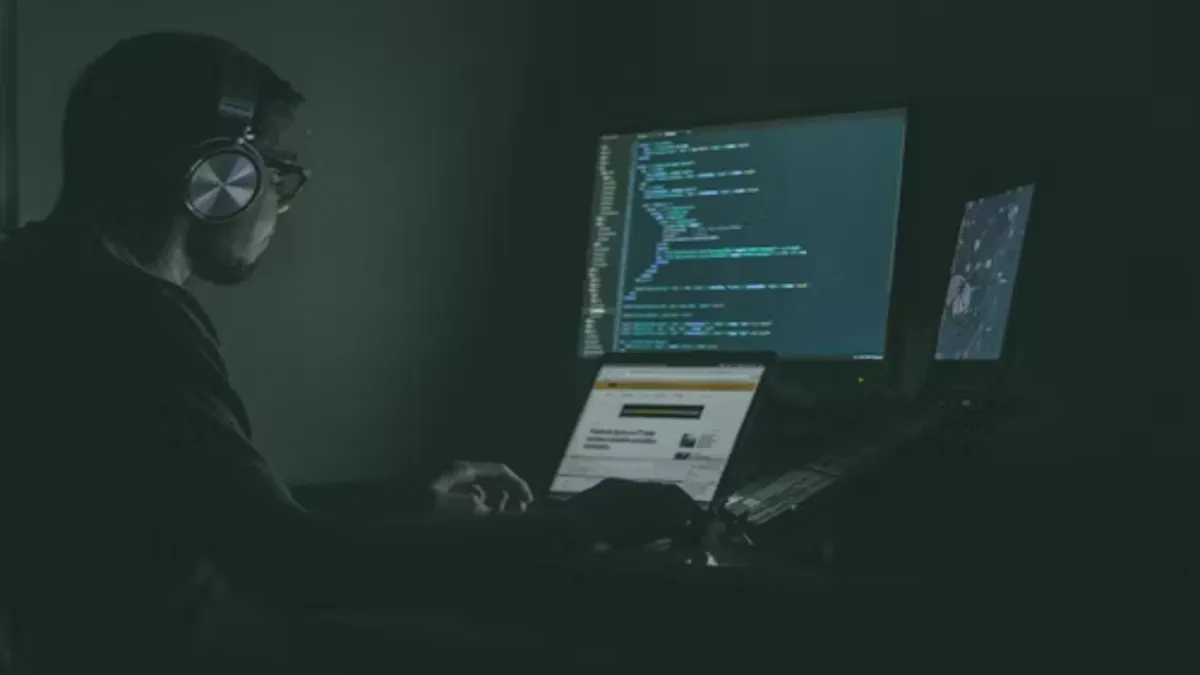One of the best ways to test your defenses is to attack them—on purpose. That’s the idea behind red teaming. Security teams take on the role of an attacker to find weak spots before a real one does.
Red team exercises can uncover blind spots that regular tests miss. They show how attackers might move through your systems, avoid detection, or trick your team. It’s a different mindset from just patching software or running scans.
When done well, these exercises don’t just reveal technical issues. They also test how teams respond under pressure, how communication flows during a crisis, and where processes break down.
Start With the Right People
Not every security expert makes a good red teamer. These roles require people who think outside the box. They’re creative, curious, and know how to act like an attacker. At the same time, they must follow clear rules so they don’t cause harm during testing.
You also need blue team members—defenders—to play the other side. This team monitors systems, catches threats, and responds to alerts. When red and blue teams work together after the test, they can improve defenses fast.
There’s also something called a purple team. This group helps the red and blue teams share what they’ve learned. It’s a good way to turn attacks into useful changes.
Use the Red Teaming Handbook as a Guide
If you’re building or improving a red team program, structure helps. That’s where the red teaming handbook comes in. It’s not just a list of tools or tricks. It’s a full guide to running smart, safe, and effective red team operations.
This kind of handbook often covers planning, scoping, execution, and review. It helps teams ask the right questions before starting a test. For example: What systems are in scope? What tactics are allowed? Who needs to know what’s happening?
During an engagement, the handbook can guide how the red team documents their steps and stays within limits. Afterward, it helps turn findings into clear reports. These reports should be practical and focused on real risk, not just technical details.
Having a shared guide also makes it easier for teams to work together, even if they come from different departments or backgrounds. Everyone knows the rules, the goals, and how success is measured.
Balance Risk and Realism
Red teaming is powerful, but it comes with risk. You’re simulating real threats, sometimes using the same tools and methods criminals do. That means you could crash a system or expose sensitive data if you’re not careful.
Good planning helps reduce those risks. So does having the right approvals, controls, and fallback plans. A red team should never act alone—they work closely with legal, compliance, and business teams.
At the same time, you want the test to feel real. If it’s too safe or limited, it won’t show how a real attacker might behave. That’s a tricky balance: real enough to be useful, but safe enough to avoid harm.
Make Red Teaming Part of a Bigger Picture
Red teaming isn’t a one-time thing. To really help, it should be part of a larger security program. That includes training, risk assessments, patching, and regular audits.
It also needs leadership support. When company leaders understand the value of testing defenses, they’re more likely to give teams the time and resources they need. That support also helps when teams need to make hard decisions—like taking a system offline to fix a major problem.
Finally, red teaming works best when people share what they learn. That includes lessons about people, processes, and tech. When teams improve based on those lessons, the whole organization gets stronger.
Stay Flexible as Threats Evolve
Attackers don’t stand still. New tools, techniques, and scams appear all the time. Red teams need to evolve too. That might mean trying new methods, testing cloud setups, or exploring how AI changes the game.
It also means learning from other industries and sharing insights with peers. Security isn’t a solo sport. The more teams learn from each other, the better they get at finding and fixing risks.
Red Teaming Builds Trust
When done right, red teaming builds trust. It shows that your organization takes threats seriously and isn’t afraid to test itself. It gives leaders, customers, and partners more confidence.
It also builds trust inside your teams. Red and blue teams learn from each other. They improve together. That kind of trust is hard to measure—but it makes a big difference when things go wrong.
Red teaming won’t stop every attack. But it can help you catch problems before someone else does. And that’s worth the effort.

